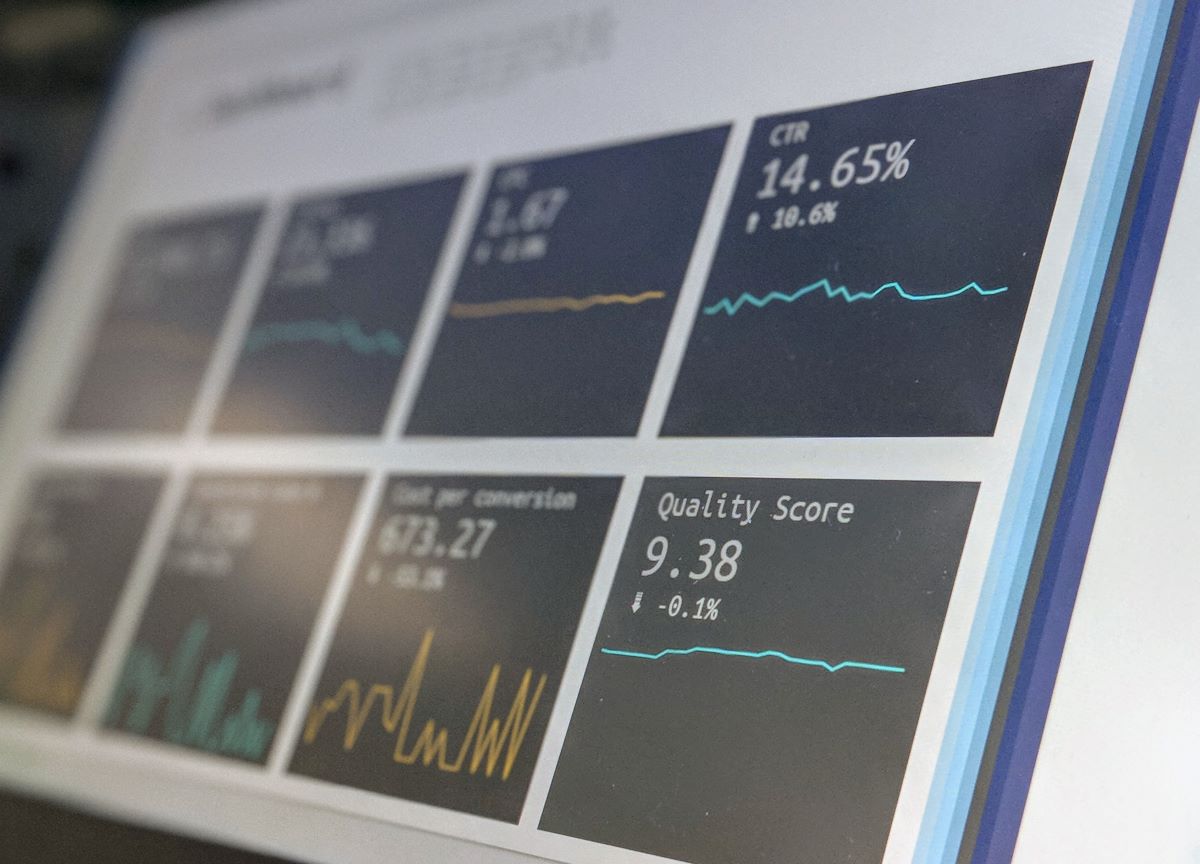Business assets can be tangible or intangible. They range from physical assets such as computers, equipment, and machines to intangible ones such as intellectual property and skilled workers. Every successful business understands the importance of investing in the right business assets. They also know that they have to maintain and upgrade them when needed. It is this ability to recognize a good from a bad investment that makes a businessman successful.
Investing in business assets means you intend for that asset to create more income and revenue for your business. It can be direct or indirect. Most investments are poised for growth in the future and not the present. When you invest in stocks, for example, the intention is for the value of that stock to grow in the future and not today. Even for short-term trading, you have to wait a couple of hours or a day to see the appreciation of the stock value.

Investing
Businesses should, of course, invest in tangible items such as computers, printers, copiers, machines, equipment, ergonomic chairs and tables, and other fixtures. But they should also invest in intangible things that will help the business grow. This means you should also look for people with skills and talents that can bring the best out of your business.
Tangible items are great at making processes and transactions convenient for employees. However, it is the people behind these computers and machines that make a difference. Businesses should invest in people who will run, manage, and maintain these assets.
Maintenance engineering jobs are becoming a hit in many parts of the globe. Their work involves optimizing equipment, procedures, and departmental budgets. Companies hire these workers to help achieve the goals of the organization. It’s one of the many investments that will benefit a company.
Maintaining
How does a business maintain its assets? First, it needs a catalog or inventory of assets. Second, it needs to determine the people responsible for the assets. Companies usually assign people to take care of the maintenance of office equipment, furniture, machines, and other tangible items. Third, companies should have an asset management software, as well as create barcodes and ID tags for the assets. Yes, even computers, laptops, and copiers need barcodes for inventory purposes.
Finally, companies need to track assets as they are bought or donated. A comprehensive list of assets will allow maintenance engineers to monitor business assets when they need repair or replacement. The same principle should apply to manage workers.
Businesses have to do their part in making employees want to stay in the company. This includes compensating them and providing them health and life insurance benefits. Prioritizing the workers’ well-being and work-life balance is the most critical component in retaining employees for the success of the business.
Upgrading
And then, of course, companies also need to upgrade their systems, equipment, and personnel. Determining when is the right time to upgrade tangible items such as machines and computers is easy enough. A computer bogging down needs repair or replacement or possibly, an upgrade. Copiers and printers that are malfunctioning need an upgrade because of the different features and functions that these devices have now.
Not upgrading equipment and machine can be costing your business. Technology isn’t overrated. These additional and special features and functions make work easier and more convenient. If your office equipment is no longer making things convenient for you, then you should think about upgrading to better ones.
It’s not only your business’ tangible assets that need upgrades. You need to look into providing training programs for your employees, too. You need them to upgrade their skills to catch up with other bigger competitors in the market.
And yes, there will be times when you have to decide whether your current employees are worth keeping or not. With technology cutting business expenses, there is no time like today to make sure your employees are well-trained to handle their jobs. It is your responsibility as a business owner to make sure that your employees are equipped to handle the myriad tasks and equipment that dominate today’s industries.
Sometimes, even big businesses are bad at handling their assets. Many businesses do not understand that their assets — both tangible and intangible — are prime movers of the company’s success. It is this kind of critical business decision that can make or break a company. If you do not have an inventory of your business assets now, make time to create one now. It’s the first step to ensuring that these investments don’t go to waste.
